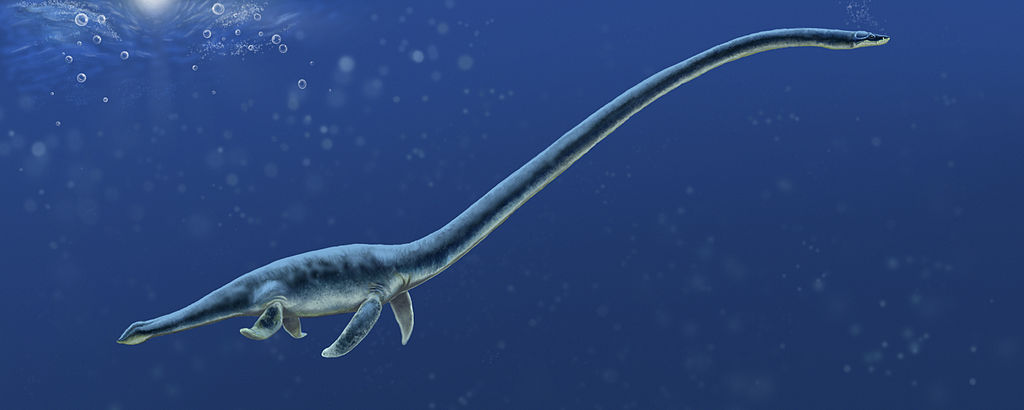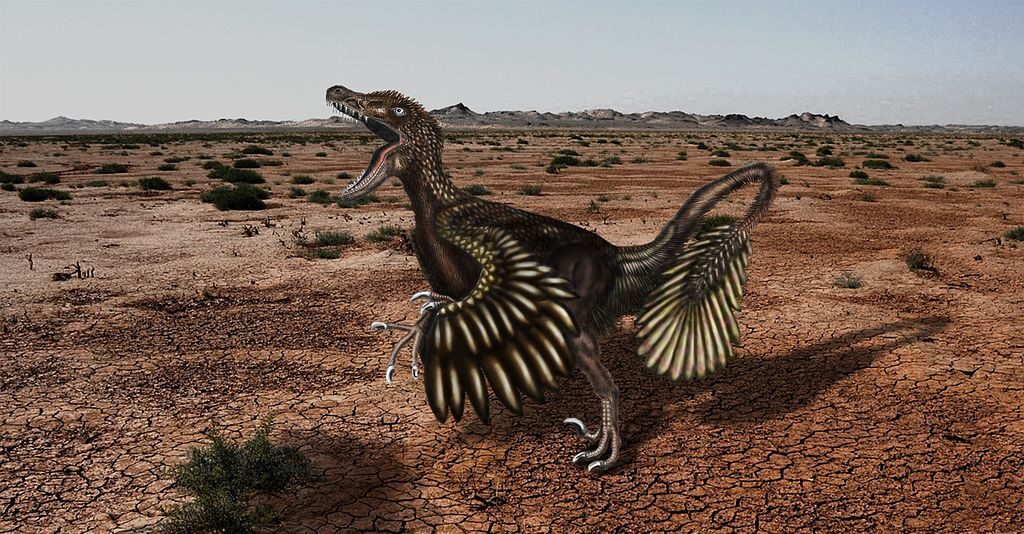Earth’s history is punctuated by catastrophic events that have dramatically altered the course of life on our planet. While the dinosaur-killing asteroid impact 66 million years ago stands as the most famous extinction event linked to cosmic bombardment, scientists now believe numerous smaller, yet still significant “mini-extinctions” may have been triggered by ancient meteor showers throughout Earth’s tumultuous past. These periodic cosmic downpours, often occurring when our solar system passes through dense regions of space debris, could explain mysterious gaps in the fossil record and sudden evolutionary shifts. By examining geological evidence, impact craters, and extinction patterns, researchers are piecing together how these celestial events reshaped life on Earth long before humans existed to witness them.
The Cosmic Calendar of Destruction

The Earth doesn’t travel through an empty void as it orbits the Sun – it navigates through a complex celestial neighborhood filled with debris. Astronomers have identified that our solar system periodically passes through denser regions of the galaxy approximately every 26-30 million years. These galactic passages coincide with increased meteor activity, as gravitational disturbances can dislodge comets from the Oort Cloud and asteroids from the Kuiper Belt. This regular pattern has led some scientists to propose a “galactic year” theory linking these cosmic cycles to periods of increased impact events on Earth. The geological record appears to support this cyclical pattern, with layers of impact-related materials appearing with surprising regularity throughout Earth’s history, suggesting the planet experiences predictable periods of increased cosmic bombardment.
Impact Signatures in the Geological Record
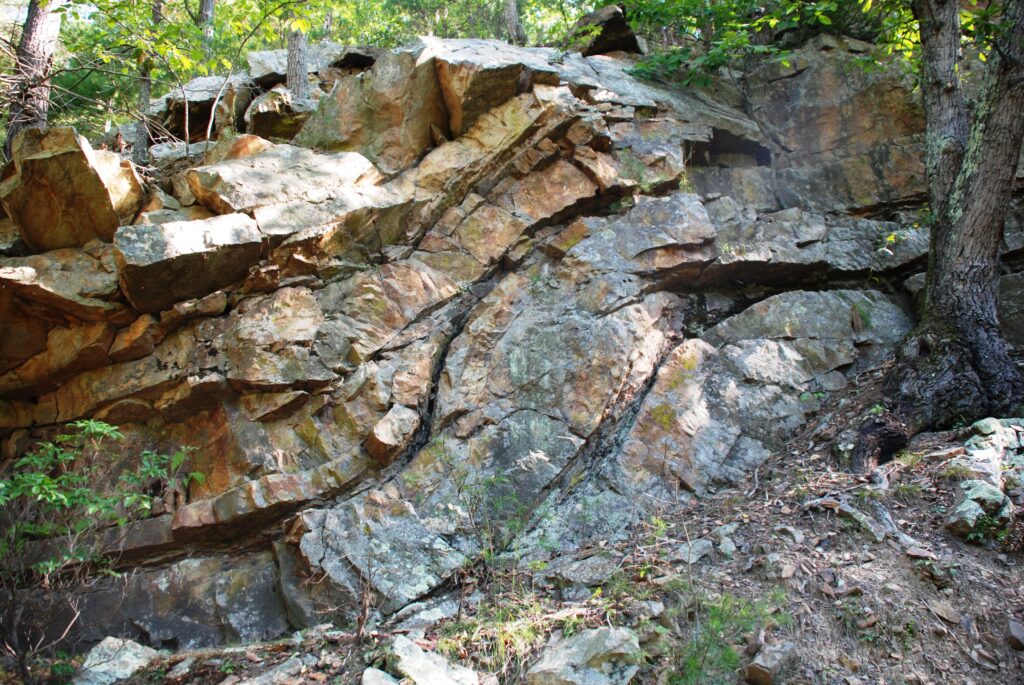
Geologists have discovered several telltale markers that indicate ancient meteor impacts in rock layers across the planet. These include iridium anomalies (elevated levels of this rare element, which is more common in meteors than Earth’s crust), shocked quartz (minerals displaying distinctive deformation patterns caused only by extreme pressure), tektites (glass fragments formed from rock melted during impacts), and microscopic spherules (tiny glass beads created when impact material cools in the atmosphere). When examining certain geological boundaries where species diversity suddenly decreases, researchers often find these impact signatures clustered together. For example, the Eocene-Oligocene boundary, marked by numerous extinctions approximately 34 million years ago, contains multiple impact-related materials across several continents, suggesting not a single large impact but a period of increased meteor activity – essentially a prehistoric meteor shower that lasted thousands of years.
Beyond the Dinosaur-Killing Impact
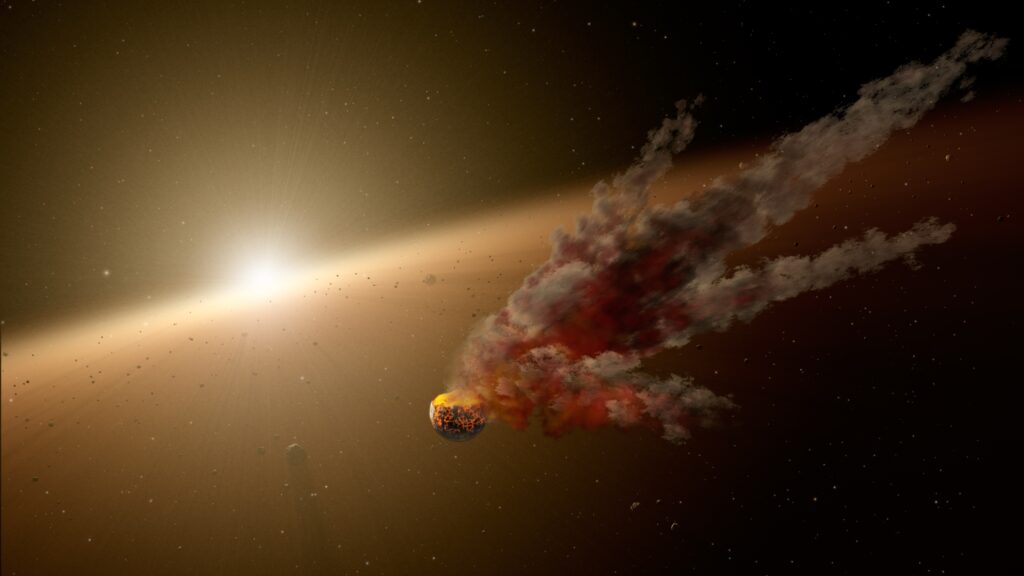
The Chicxulub impact that contributed to the end-Cretaceous mass extinction has become synonymous with cosmic destruction. Still, it represents just one example of how extraterrestrial objects have shaped Earth’s biological history. Paleontologists have identified numerous smaller extinction events throughout the fossil record that don’t qualify as one of the “Big Five” mass extinctions but still resulted in significant biodiversity loss. The Late Devonian extinctions, approximately 375-360 million years ago,o appear to correlate with multiple impact events evidenced by several crater sites and widespread impact spherule layers. Similarly, the end-Triassic extinction about 201 million years ago shows evidence of volcanic activity and potential multiple impact events. These smaller but still significant extinction episodes didn’t completely reset Earth’s ecosystems but created evolutionary bottlenecks that influenced which species would dominate in subsequent eras.
The Mechanics of Mini-Extinction Events
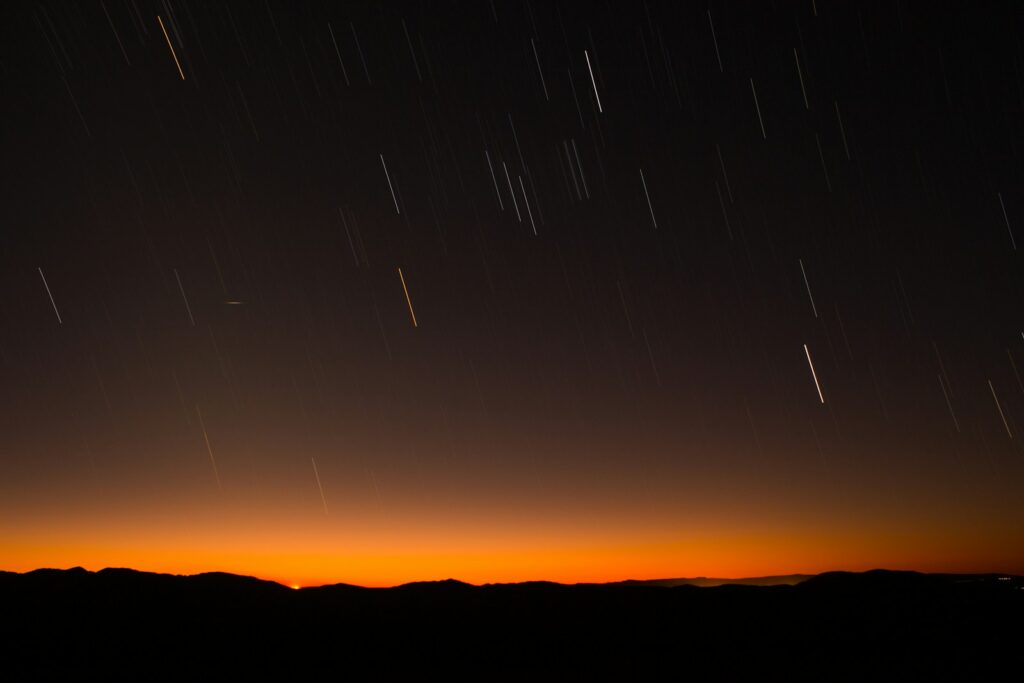
When meteors strike Earth, their destructive potential extends far beyond the immediate impact zone through multiple kill mechanisms. Even relatively modest meteor showers can trigger environmental cascades with devastating consequences. Impacts generate enormous heat that can ignite wildfires across vast regions, while dust and aerosols thrown into the atmosphere block sunlight, triggering rapid global cooling known as “impact winter.” Ocean impacts can generate massive tsunamis and release dissolved gases, potentially changing ocean chemistry and disrupting marine food webs. Additionally, meteor impacts can penetrate sulfur-rich rock layers, releasing sulfur dioxide that converts to sulfuric acid in the atmosphere, causing acid rain that damages terrestrial and aquatic ecosystems. The combination of these effects, even from multiple smaller impacts rather than a single massive strike, can push ecosystems beyond their resilience thresholds, triggering extinctions.
Crater Fields as Evidence
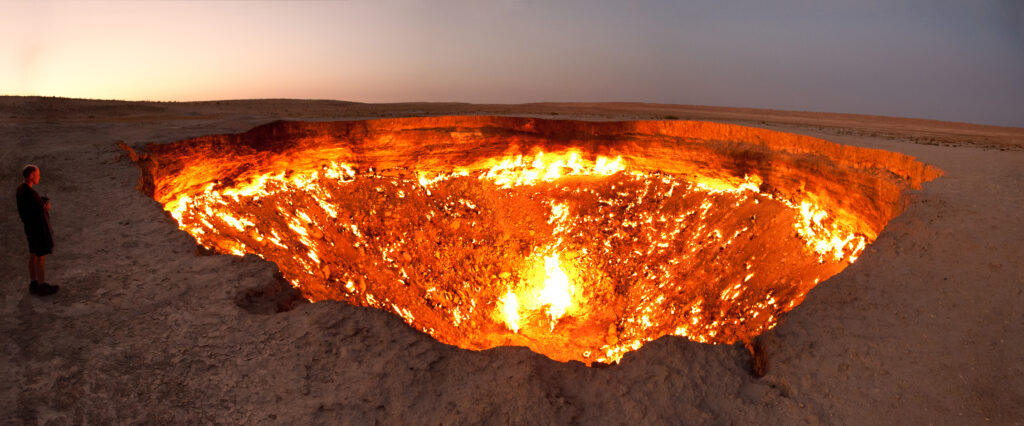
Unlike single large impacts that leave obvious scars like the Chicxulub crater, meteor showers tend to create multiple smaller craters across wide geographical areas. Several ancient crater fields have been discovered that suggest periods of intense bombardment rather than isolated impact events. The Australasian tektite field, spanning from Southeast Asia to Australia, contains impact-related materials dated to approximately 790,000 years ago yet has no single large crater, suggesting multiple aerial bursts or smaller impacts. Similarly, the Henbury crater field in Australia contains over a dozen small craters formed simultaneously about 4,200 years ago when a meteor broke apart before impact. The Rio Cuarto craters in Argentina represent another example of multiple contemporary impacts. These crater clusters provide physical evidence of meteor showers intense enough to potentially disrupt ecosystems on regional or even global scales.
The Ordovician-Silurian Boundary Crisis
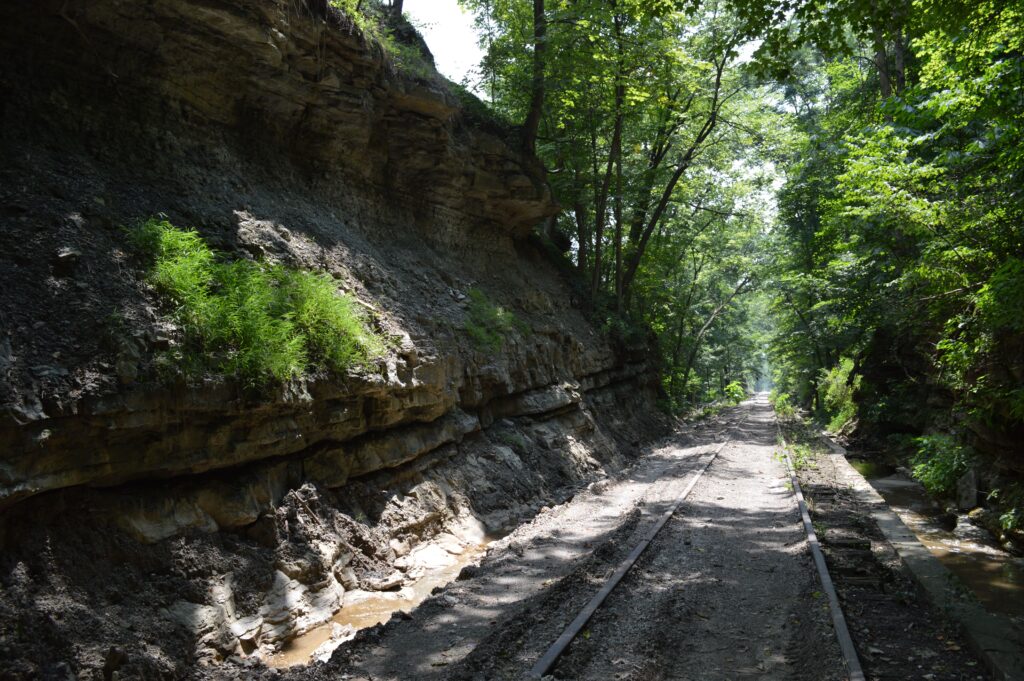
One of the most compelling cases for meteor-shower-induced extinction occurred approximately 445 million years ago at the Ordovician-Silurian boundary. This extinction event, which eliminated roughly 85% of marine species, has traditionally been attributed to global cooling and glaciation. However, recent discoveries of multiple impact craters and widespread impact debris layers dating to this same period suggest cosmic bombardment may have played a critical role. The Lockne crater in Sweden, the Slate Islands structure in Canada, and several other impact sites all date to this narrow time window. Geochemical analysis of sediments from this period reveals elevated levels of extraterrestrial materials across multiple continents, suggesting Earth encountered a particularly dense field of cosmic debris. These impacts may have triggered or exacerbated the already-changing climate conditions, creating a “one-two punch” that devastated marine ecosystems across the planet.
Holocene Impact Events and Human History

Even within human history, smaller-scale meteor showers may have influenced civilizations and ecosystems. The Younger Dryas period, beginning approximately 12,900 years ago, saw a sudden return to glacial conditions and coincided with the extinction of numerous North American megafauna. A controversial theory suggests this abrupt climate shift was triggered by cometary or asteroid airbursts over the North American ice sheet. Proponents point to the presence of nanodiamonds, platinum anomalies, and other impact-related materials in geological layers from this period. Similarly, some researchers have proposed connections between documented historical meteor showers and societal disruptions, such as the potential relationship between a 6th-century CE cosmic impact event and the subsequent onset of a “mini ice age” that contributed to the fall of several ancient civilizations. These more recent examples demonstrate how even relatively modest cosmic bombardments can have outsized effects on Earth’s climate and ecosystems.
Evolutionary Consequences of Repeated Bombardment
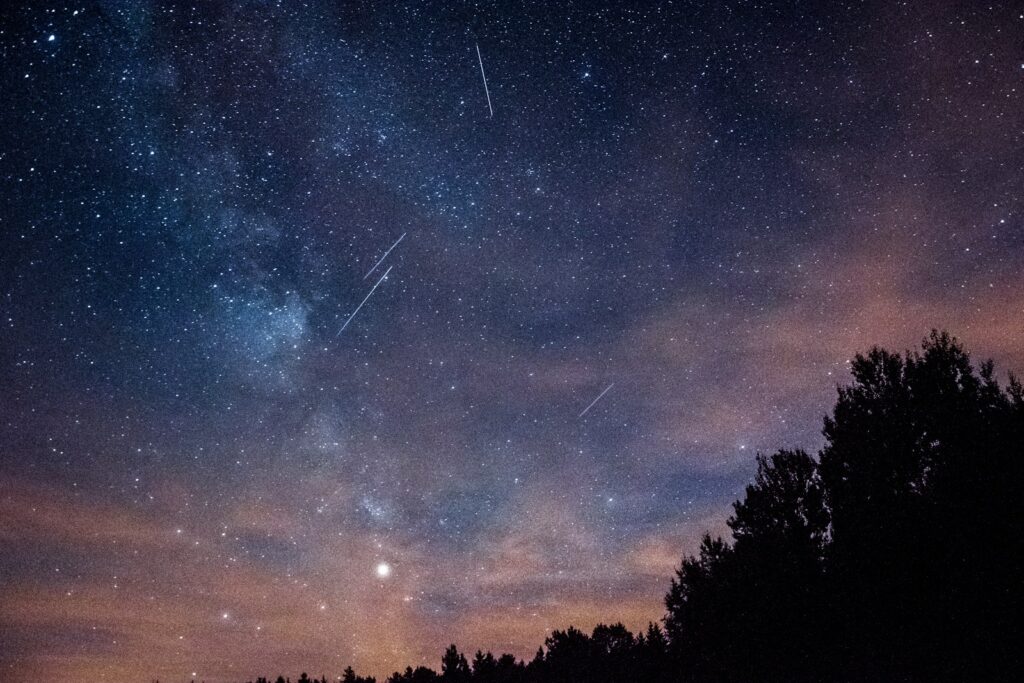
The periodic nature of cosmic bombardment may have profoundly shaped evolutionary trajectories by creating recurring selection pressures. Species with traits that provide resilience against impact-related environmental changes, such as the ability to survive with limited sunlight, withstand temperature fluctuations, or persist in disturbed habitats, would gain evolutionary advantages during these cosmic bottlenecks. Some paleontologists argue that the apparent “pulses” observed in evolution, where periods of relative stability are interrupted by bursts of rapid diversification, align with the cosmic impact cycle. The fossil record shows that following mini-extinction events, surviving generalist species often undergo adaptive radiation, filling ecological niches vacated by more specialized organisms. This pattern of repeated cosmic pruning and subsequent diversification may have accelerated evolutionary innovation throughout Earth’s history, potentially playing a crucial role in the development of complex life forms, including our own.
Celestial Sources of Ancient Meteor Showers

Astronomers have identified several potential sources for the meteor showers that may have triggered prehistoric mini-extinctions. The Taurid stream, created by debris from Comet Encke, is one such candidate that Earth encounters twice yearly. This stream is unusually massive and contains significantly larger objects than most meteor streams, including asteroids over 1 kilometer in diameter. Computer modeling suggests the Taurid stream was even more densely packed with large objects in the past. Another potential source is the Oort Cloud, a vast shell of icy objects surrounding our solar system. When the solar system passes through the galaxy’s spiral arms or experiences other gravitational disturbances, Oort Cloud objects can be destabilized and sent toward the inner solar system. The third major source is the asteroid belt between Mars and Jupiter, which has experienced several major collisional events throughout solar system history, creating debris streams that periodically cross Earth’s orbit. Each of these sources produces distinctive types of impactors with different compositions and impact effects.
Detection Challenges in Ancient Impact Research
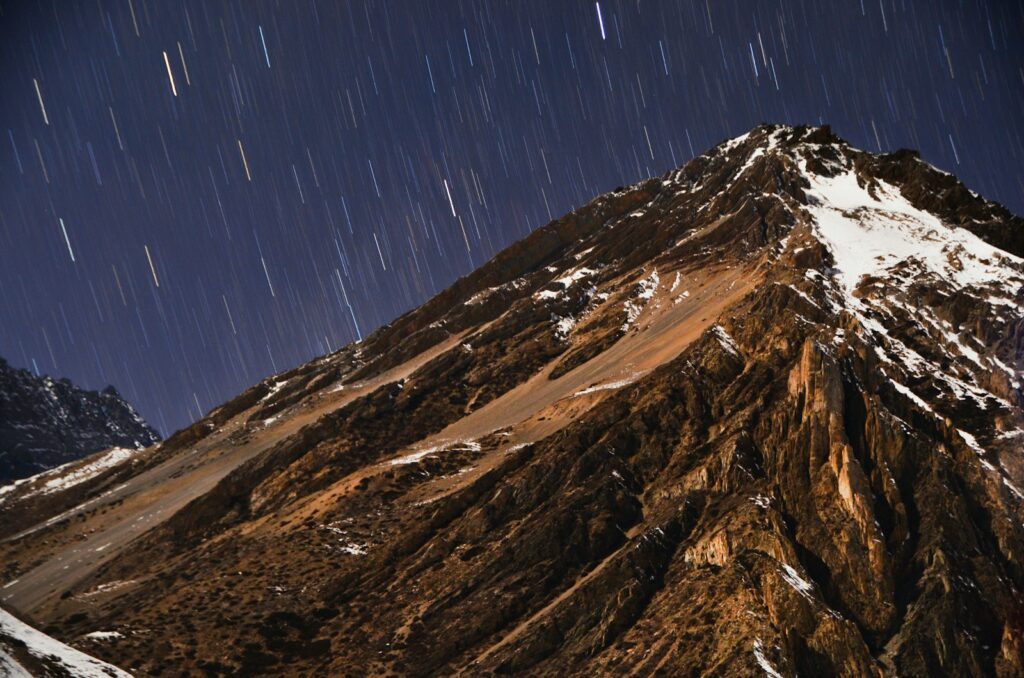
Identifying ancient meteor shower events presents unique scientific challenges compared to single large impacts. Smaller impact craters erode more quickly and can be completely obliterated by geological processes like plate tectonics, weathering, and sedimentation within a few million years. This means the evidence for ancient meteor showers often must be found in sedimentary layers rather than preserved crater structures. Additionally, distinguishing between the effects of multiple smaller impacts versus a single large impact requires extremely precise dating techniques and widespread sampling across different continents. The chemical fingerprints of meteoritic material can also be diluted or altered by geological processes over time, making them difficult to detect. Scientists must employ multiple lines of evidence, including geochemical analysis, microscopic examination of impact-altered minerals, and computer modeling of impact effects, to build compelling cases for ancient meteor shower events. These methodological hurdles partly explain why the role of meteor showers in past extinctions has been underappreciated compared to single large impacts.
The Tunguska-Type Event Multiplier Effect
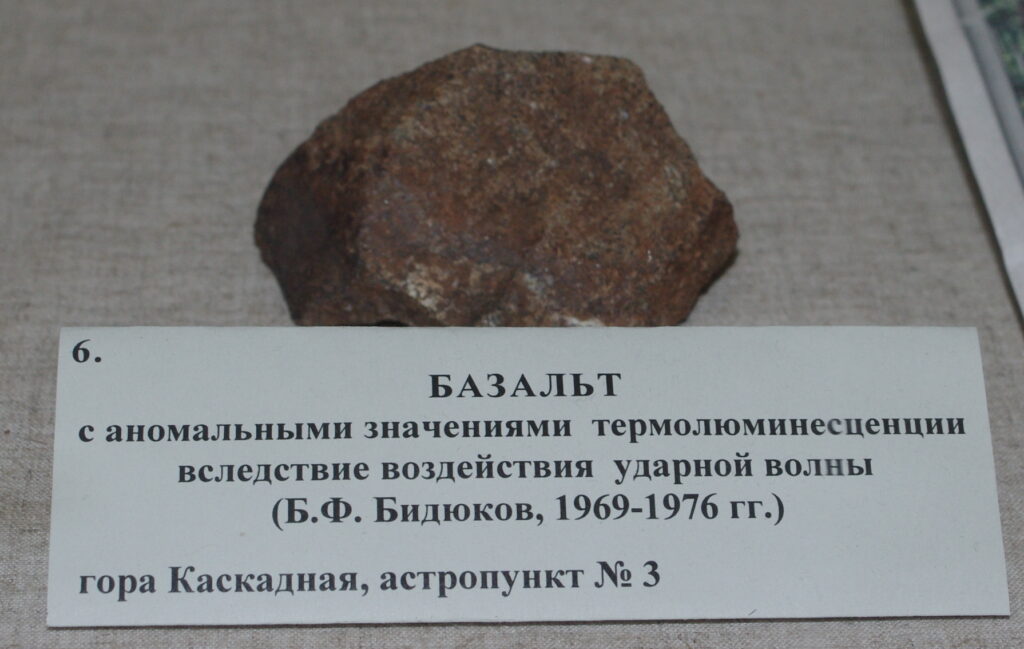
The 1908 Tunguska event in Siberia demonstrates how even relatively modest cosmic impacts can cause extensive environmental damage. This airburst explosion, estimated at around 10-15 megatons (equivalent to a medium-sized hydrogen bomb), flattened over 2,000 square kilometers of forest yet left no crater due to the meteor disintegrating before hitting the ground. Paleontologists theorize that multiple Tunguska-scale events occurring within a short time frame – days, years, or even decades – could produce cumulative environmental effects approaching those of a single larger impact. Computer models suggest that just a dozen Tunguska-sized airbursts distributed globally could inject enough dust and aerosols into the atmosphere to trigger significant global cooling lasting several years. If such events coincided with other environmental stressors like volcanic activity or climate shifts, the combined pressure could push ecosystems beyond their resilience thresholds. This “multiplier effect” helps explain how meteor showers, rather than single massive impactors, could trigger extinction events despite individually causing less dramatic damage.
Future Research Directions and Technologies
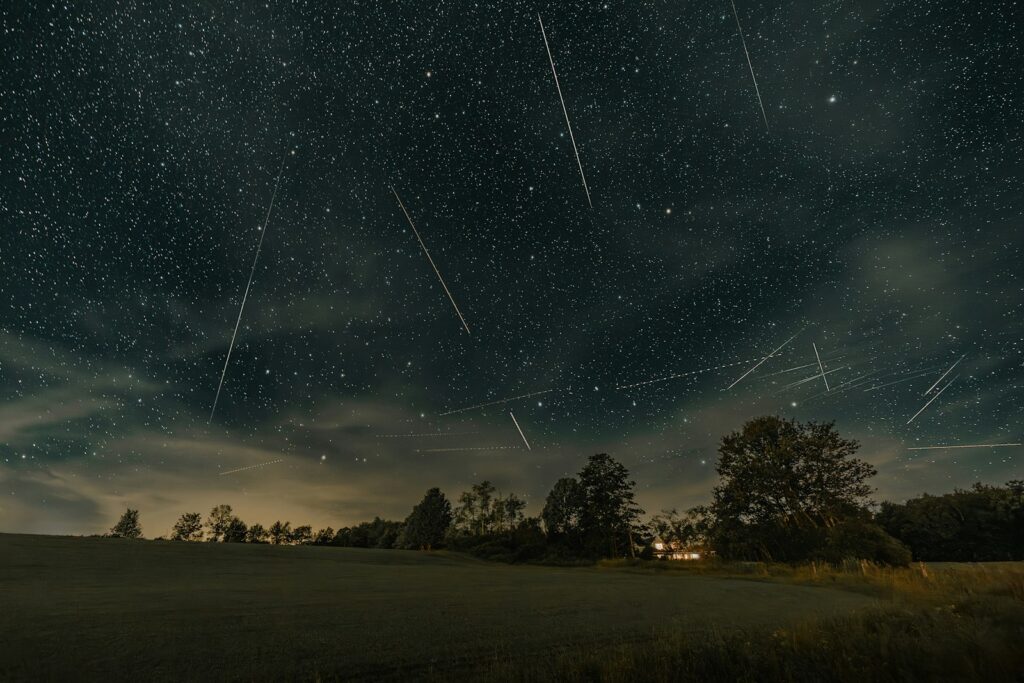
Advancing our understanding of ancient meteor showers and their biological consequences requires interdisciplinary collaboration and cutting-edge technologies. Scientists are developing increasingly sensitive geochemical detection methods capable of identifying extraterrestrial materials in ancient rock layers, even when present in minute quantities. High-resolution dating techniques using multiple radioisotope systems allow researchers to determine whether impact evidence from different locations occurred simultaneously or represents separate events. Advanced computer modeling can simulate the environmental effects of multiple impacts occurring in different sequences and locations. Additionally, astronomical surveys mapping near-Earth objects and debris streams provide context for understanding the frequency and magnitude of past bombardment episodes. Ocean sediment cores represent particularly promising research targets, as they provide continuous records spanning millions of years and can preserve impact evidence shielded from erosion and weathering. As these research tools continue to improve, scientists anticipate discovering many more connections between cosmic bombardment cycles and evolutionary turning points.
Implications for Understanding Earth’s Vulnerability
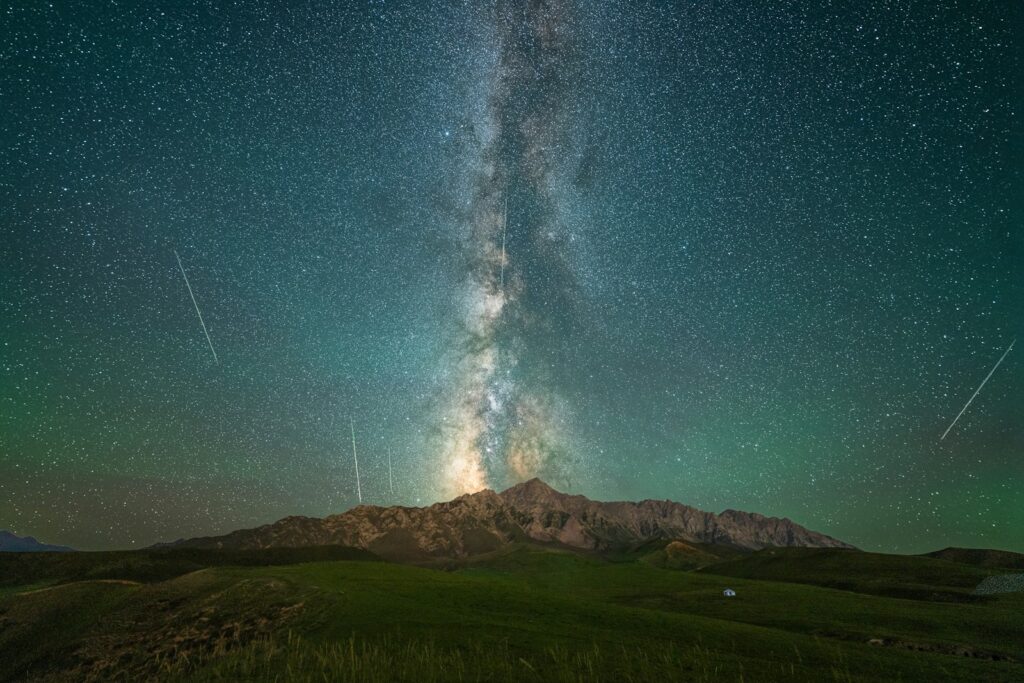
Studying ancient meteor showers and their biological consequences has direct relevance for assessing modern Earth’s vulnerability to cosmic threats. While space agencies focus significant attention on tracking large near-Earth asteroids capable of causing global catastrophes, the potential danger from meteor showers deserves greater consideration in planetary defense strategies. Historical evidence suggests Earth periodically encounters unusually dense debris fields capable of delivering multiple impactors over short timeframes. Even if individual objects are too small to trigger global effects, their cumulative impact could stress ecosystems already facing anthropogenic pressures. Understanding how past species and ecosystems responded to impact-related environmental changes can inform predictions about ecological resilience to future cosmic bombardment scenarios. Additionally, the geological record reveals that meteor impact frequency isn’t constant but follows cyclical patterns potentially linked to solar system motion through the galaxy. By better understanding these cycles, scientists may improve long-term forecasting of periods with elevated impact risks.
Conclusion
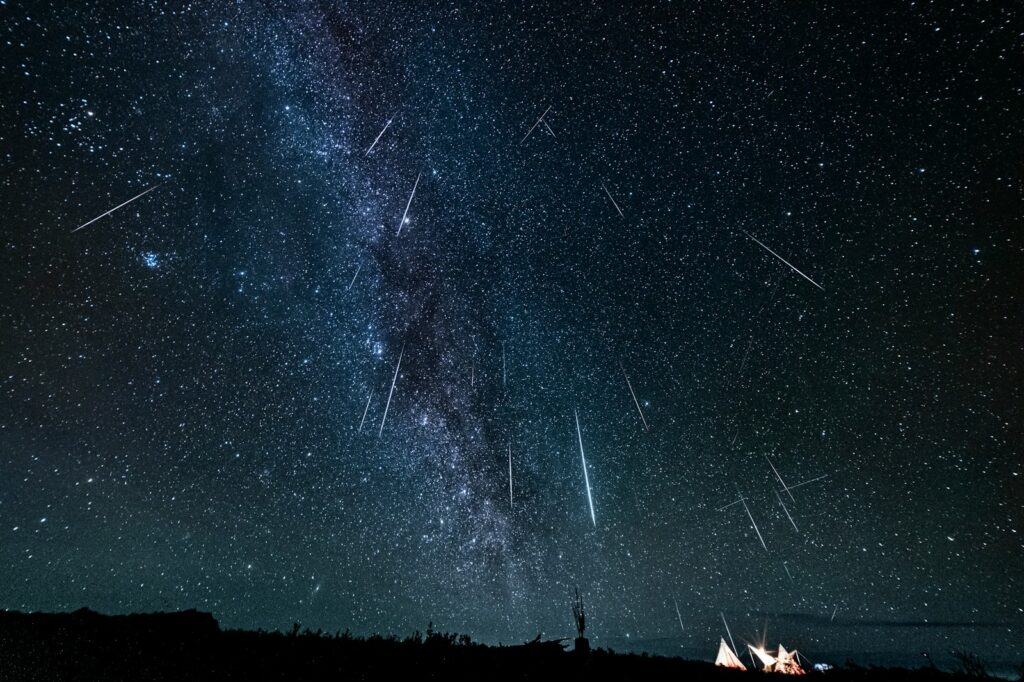
The emerging picture of Earth’s cosmic bombardment history reveals a more complex relationship between our planet and space debris than previously recognized. Rather than just occasional catastrophic impacts, Earth has endured repeated episodes of intensified meteor activity that coincide with evolutionary turning points and extinction events. These ancient meteor showers represent a previously underappreciated force in shaping life’s evolutionary trajectory. While single massive impacts like Chicxulub capture public imagination, the cumulative effects of multiple smaller impacts may have been equally influential in redirecting evolution’s path. As research techniques continue to improve, scientists expect to uncover more evidence linking cosmic bombardment cycles with biological transitions throughout Earth’s history. This developing understanding reminds us that Earth exists in a dynamic cosmic environment where astronomical processes have repeatedly influenced – and will continue to influence – the story of life on our planet.



